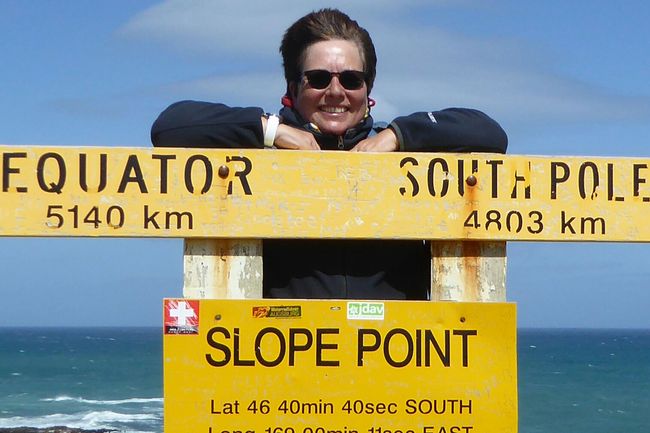
Neuseeland: 8000km solo durch das schönste Ende der Welt
vakantio.de/8000km_durch_neuseeland
Tag 28 - Albatross & Yellow-eyed Penguins - Let's continue south
Հրատարակվել է: 08.08.2019
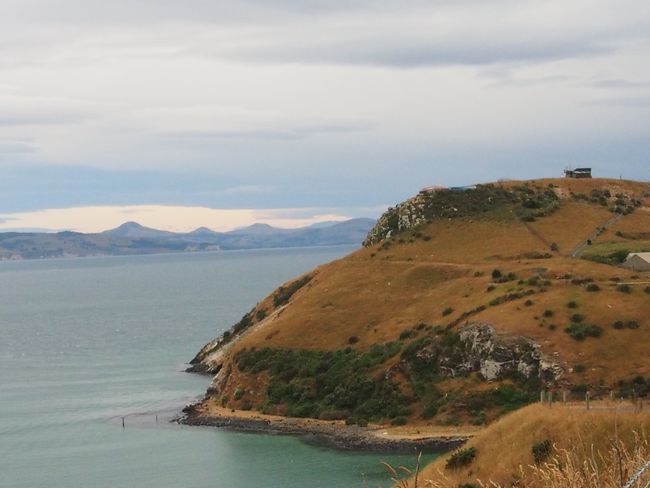
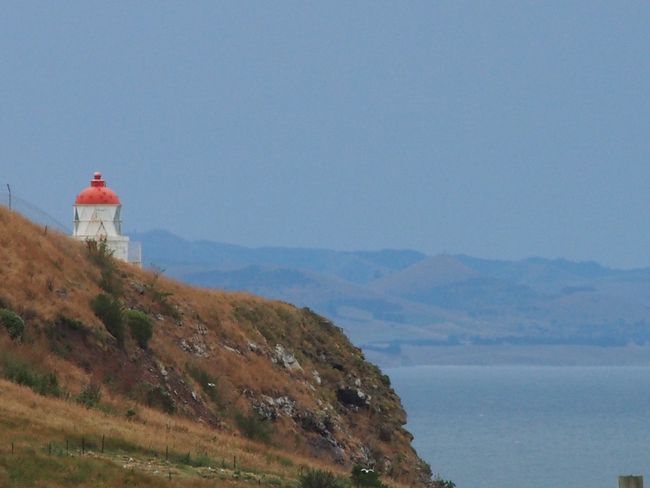
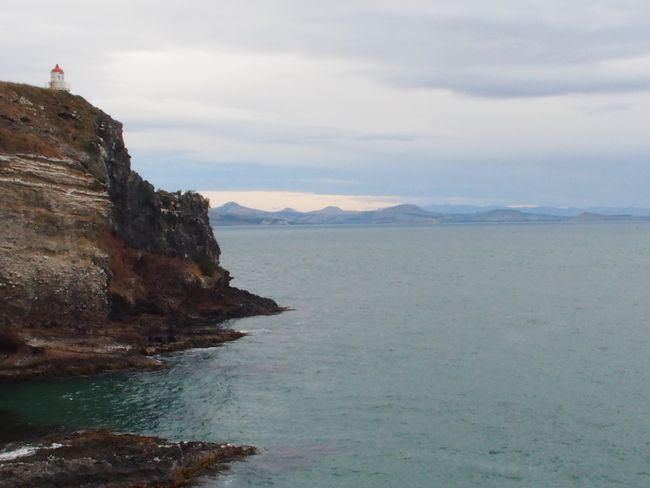
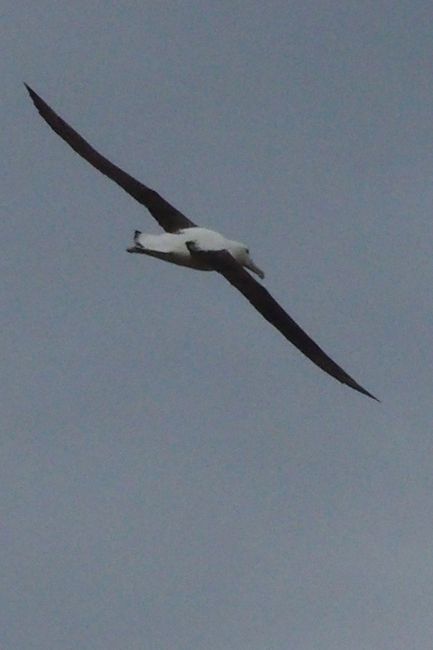
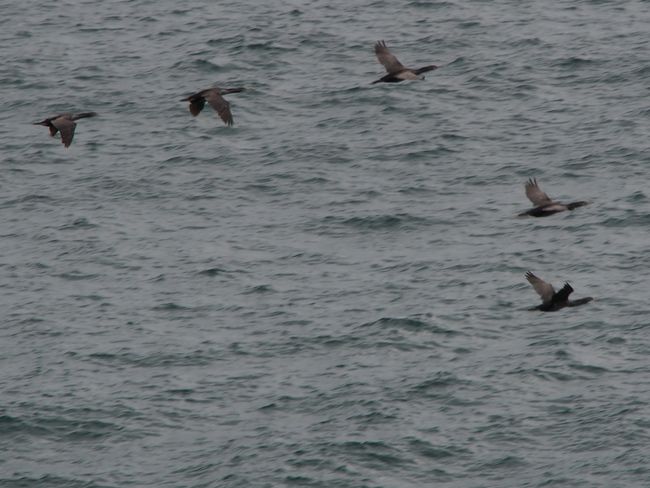
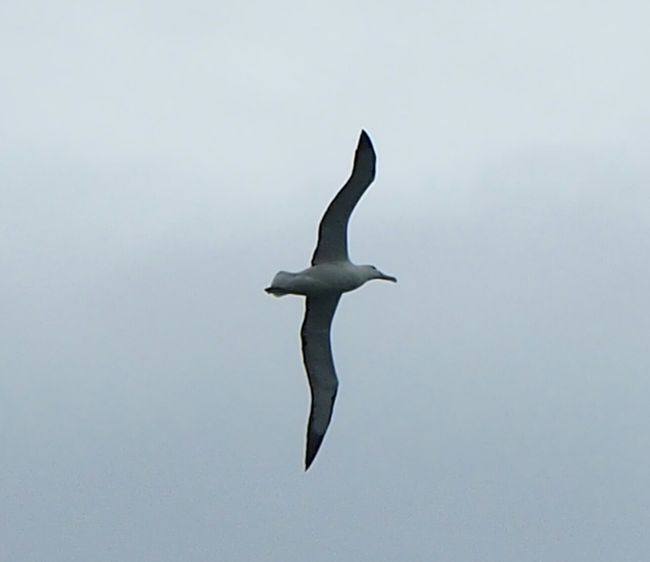
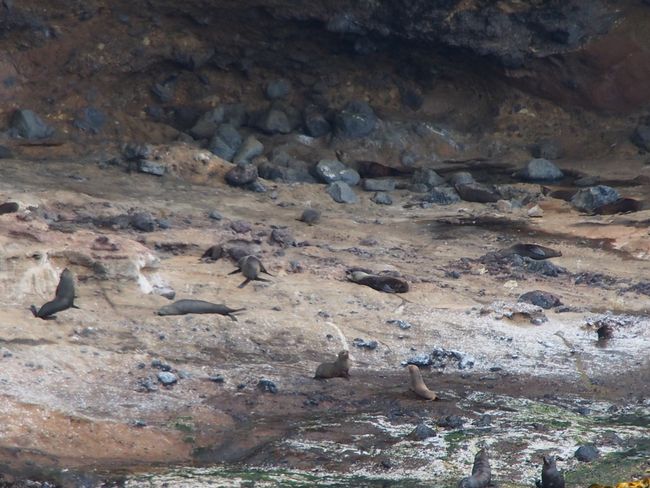
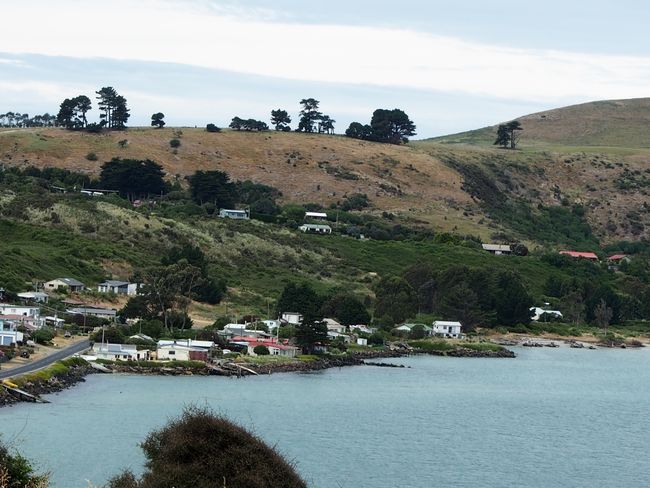
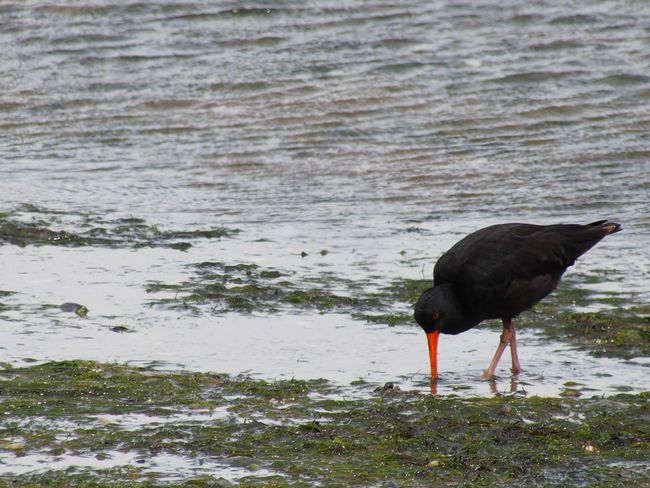
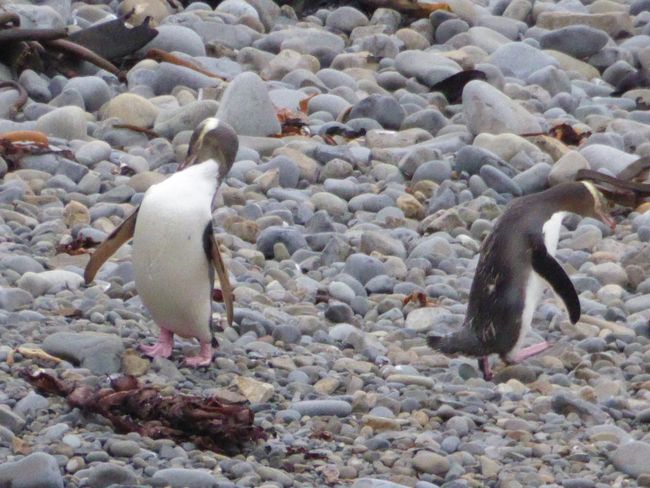
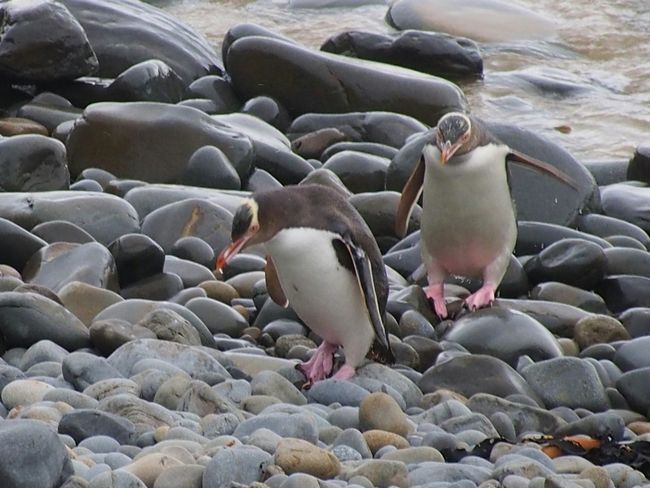
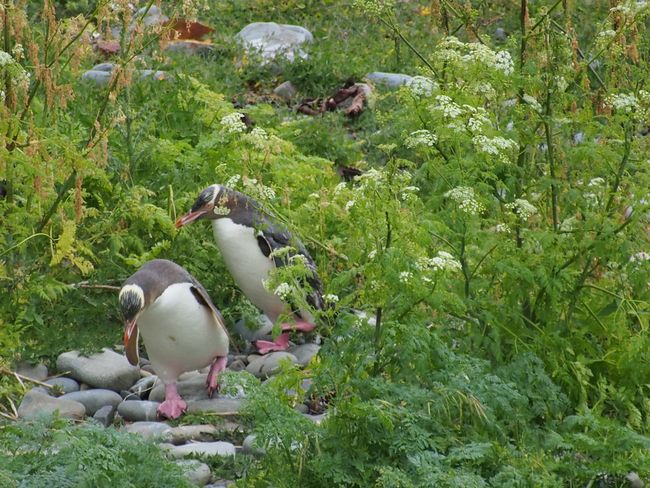
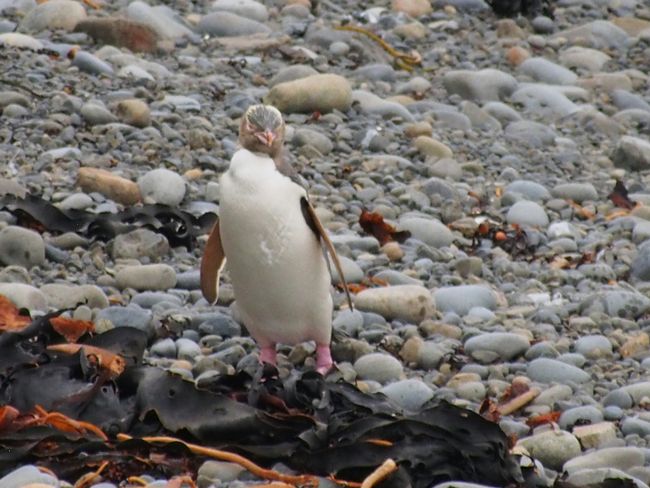
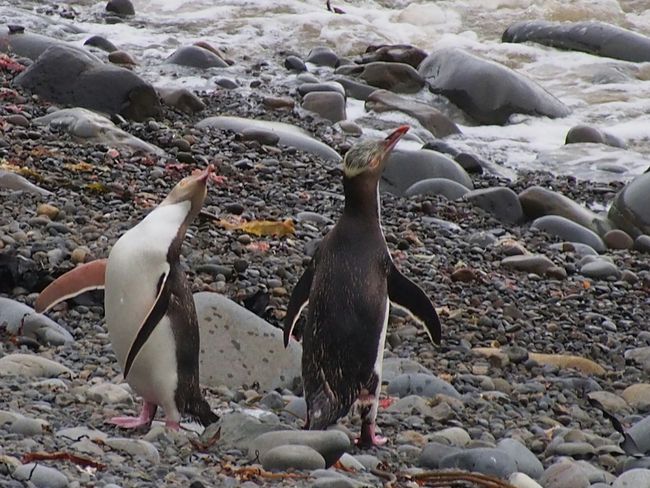
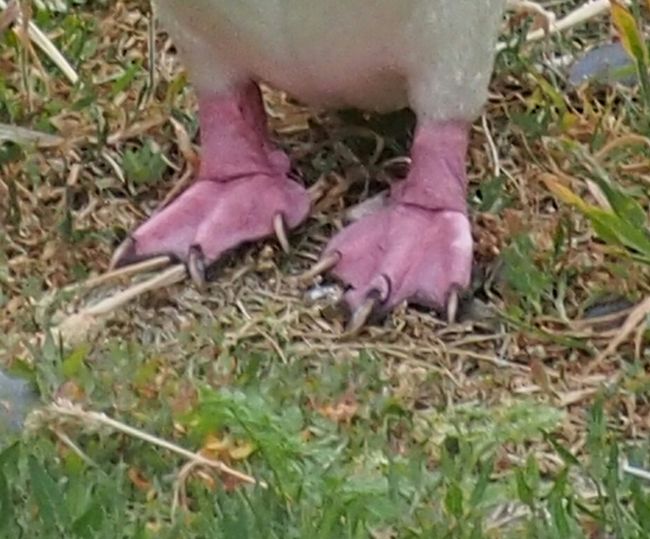
Բաժանորդագրվել տեղեկագրին
11.01.2015
Today there is no sign of the great weather from yesterday. Instead, the lake fog from last night has settled here. The balcony is wet, but I still sit outside for breakfast, although I need shoes and a jacket.
At just past 10 o'clock, I'm the last one checking out today and I drive back to the Albatross Center. Because I'm sure that the birds are flying around there and they won't let a flight corridor dictate that is only visible to participants of a $50 tour.
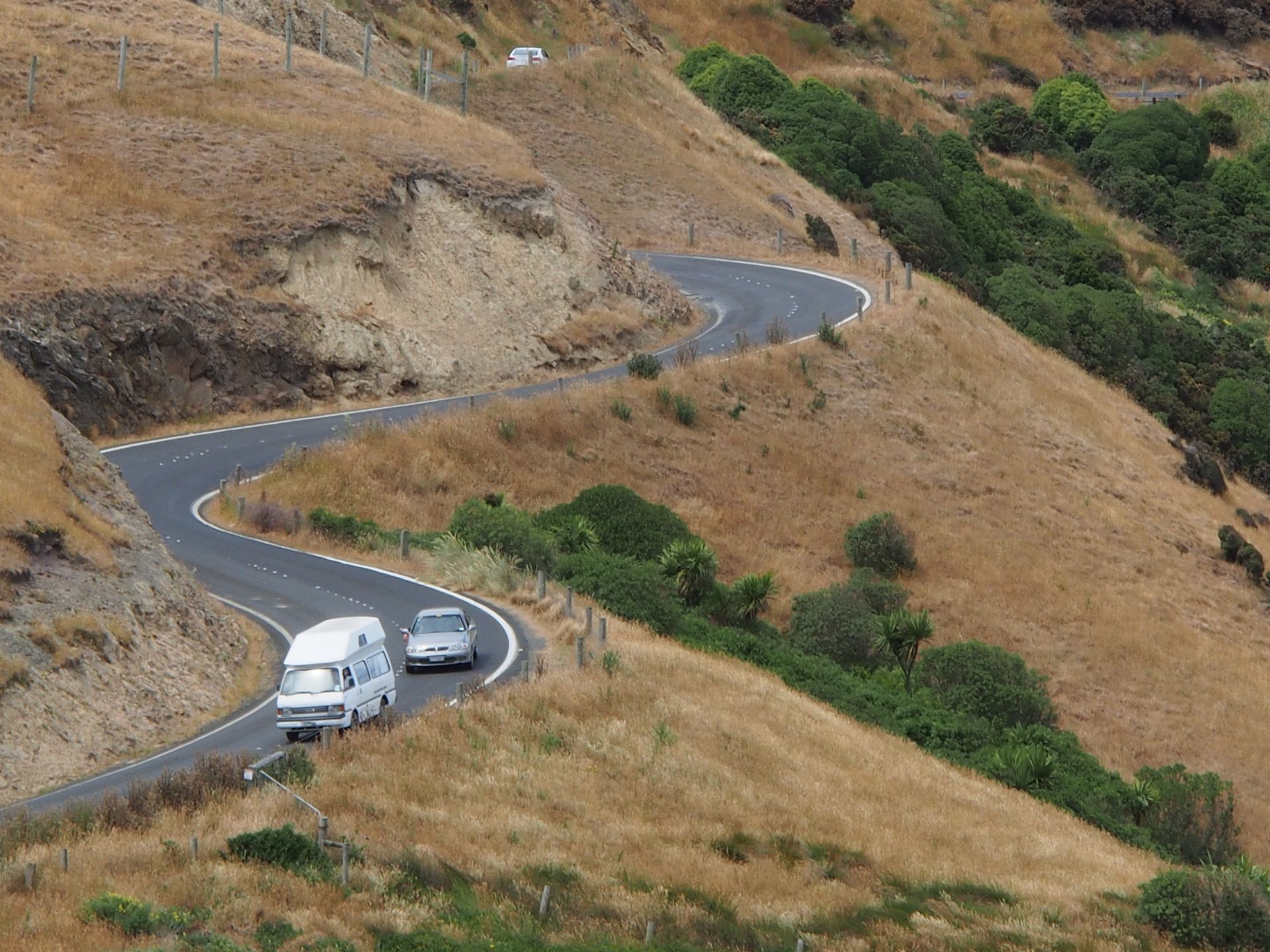
In daylight, the route is much easier to drive and already at the parking lot, I'm greeted again by the deafening screeching of the various seagulls and swallows that are resident here. I walk down to an observation platform from where you can see the Lighthouse high up on the cliff coast, while fur seals and sea lions are lying down in the bay.
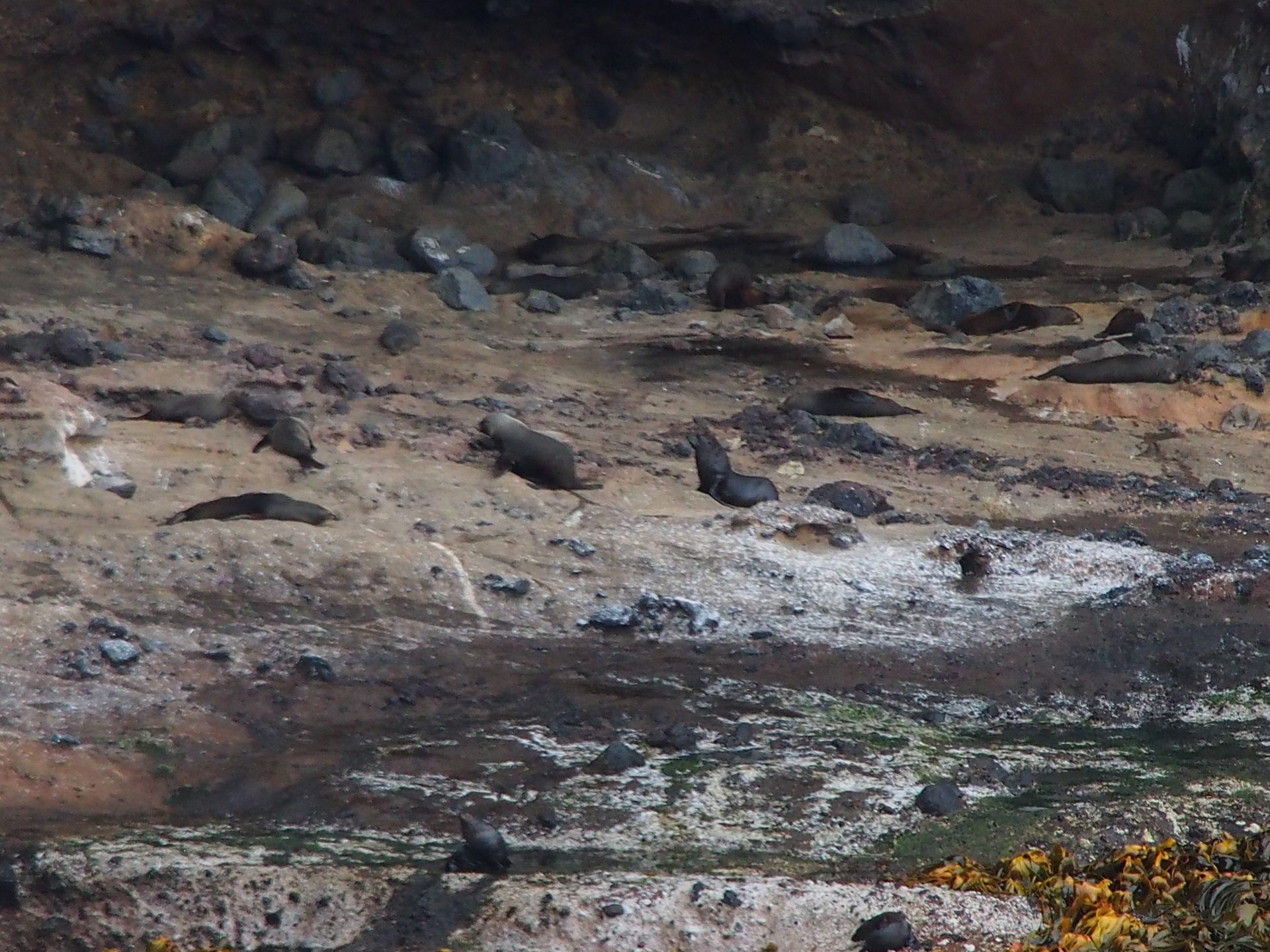
Gannets have really covered the rocks and they occasionally fly in groups above the heads of the tourists, who then anxiously watch their jackets.... The large seagulls are also fascinating to watch. Some have fluffy young ones and they are naturally adorable. Then a pair of albatross appears and it is simply incredible to see their flights. The proportions of these birds just don't seem to match. Short, stocky body and these endlessly long wings that have an arc like a boomerang.

Albatrosses are also threatened because they have a very slow reproductive rate. They take about 12 years to become sexually mature and only hatch one egg every two years. They are amazing flyers and can fly thousands of kilometers, but they have a real problem when they have to land on land. This can actually lead to fractures and accidents that cause the birds to die. It's different in water, that's their home and they usually feed while swimming on the water. However, during the breeding season, they can't avoid starting and landing on land, so in such protected areas like here, they have actually built runways for them to help with the problems of an albatross landing and reduce the risk of injury.
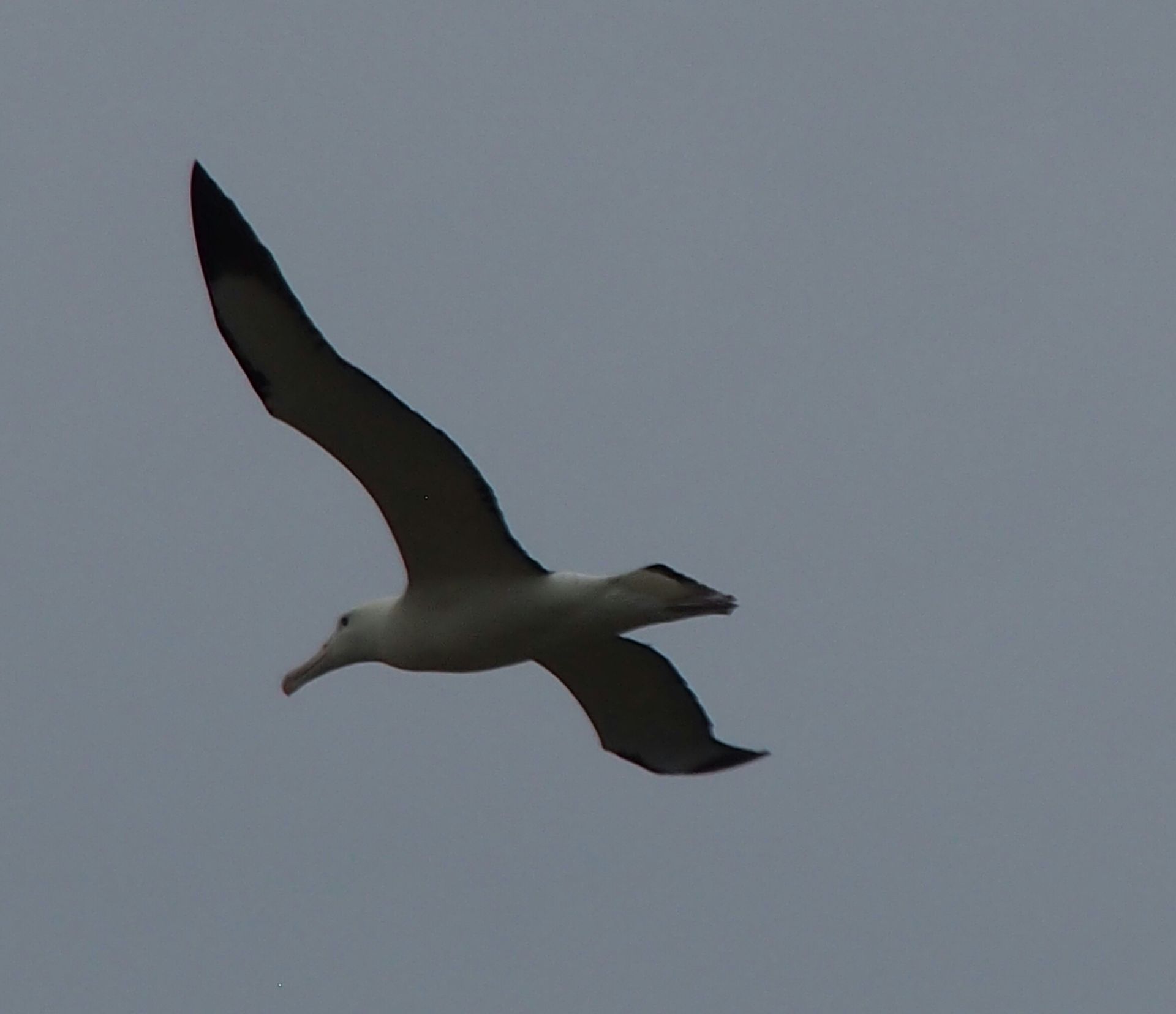
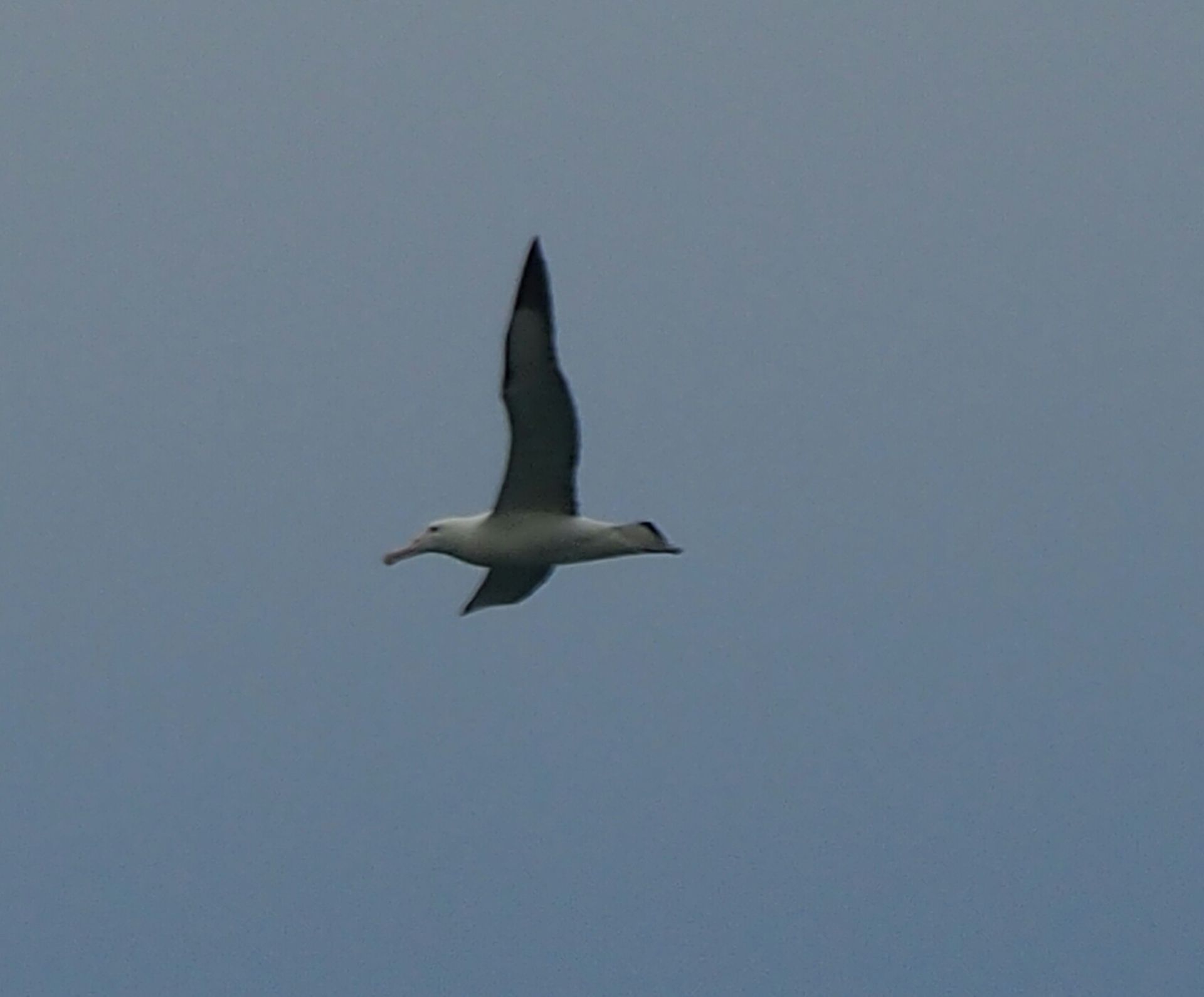
After an hour, I set off again and have some funny snapshots of seagulls, gannets, and also albatrosses in my bag.
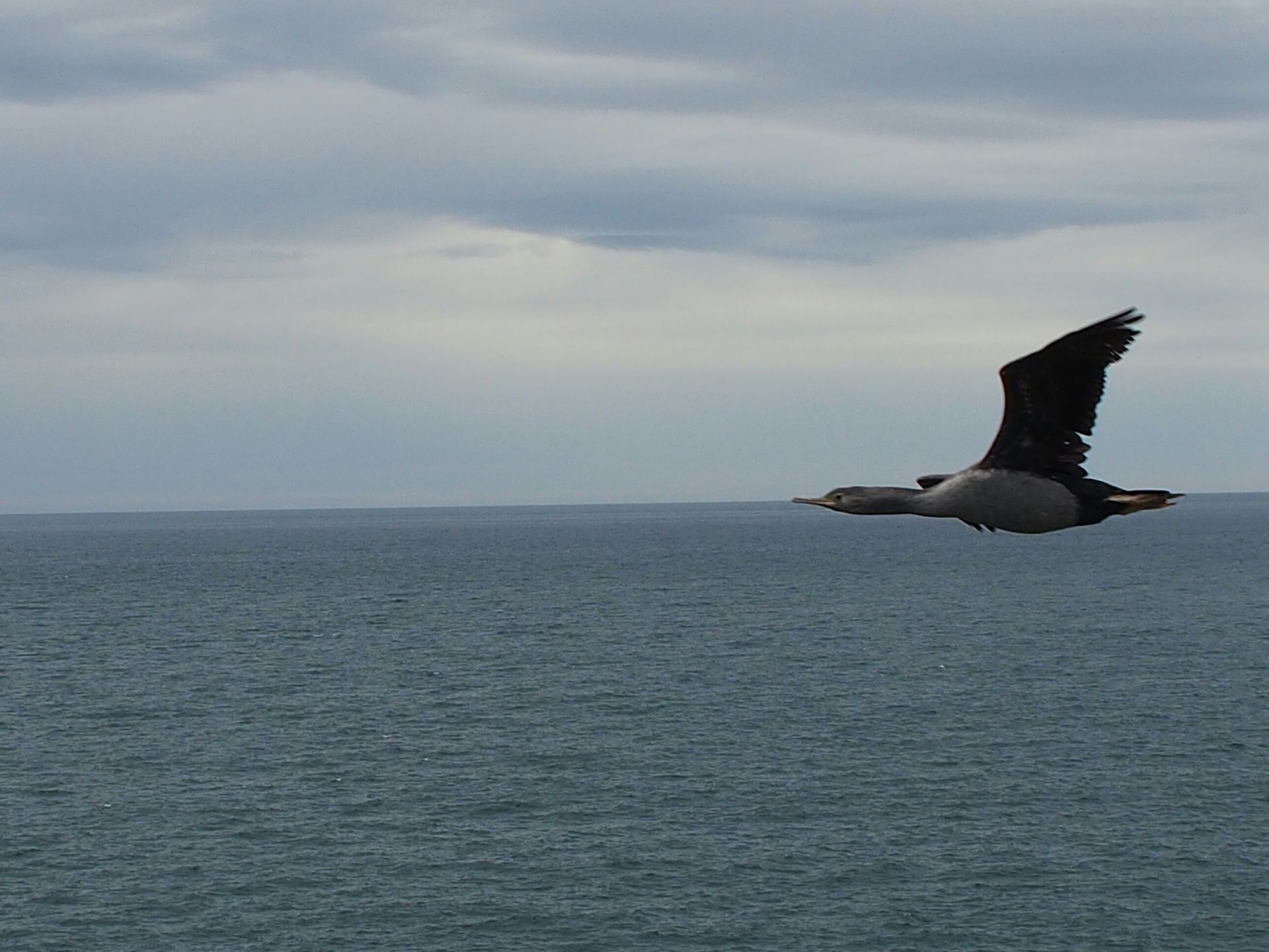

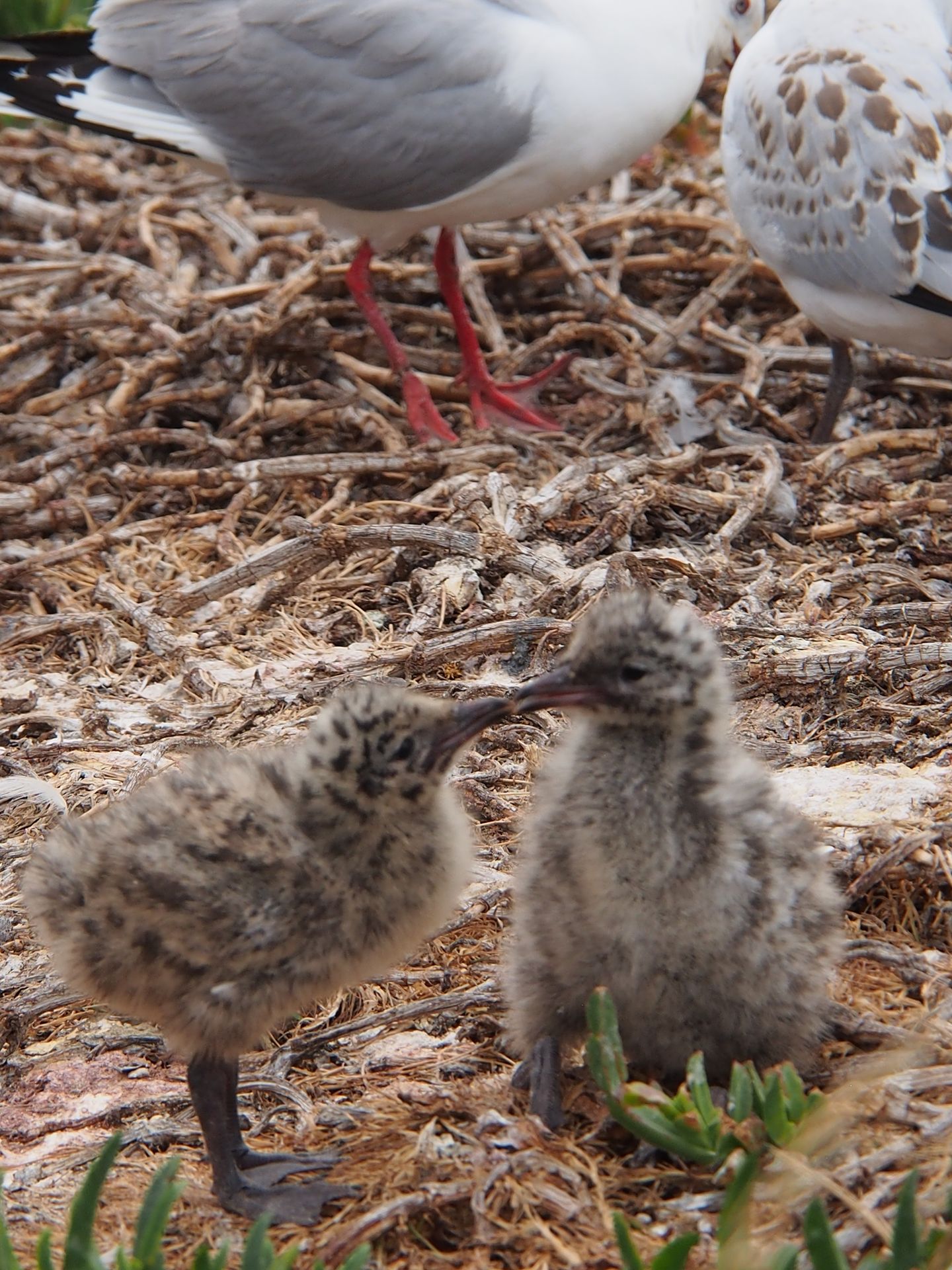

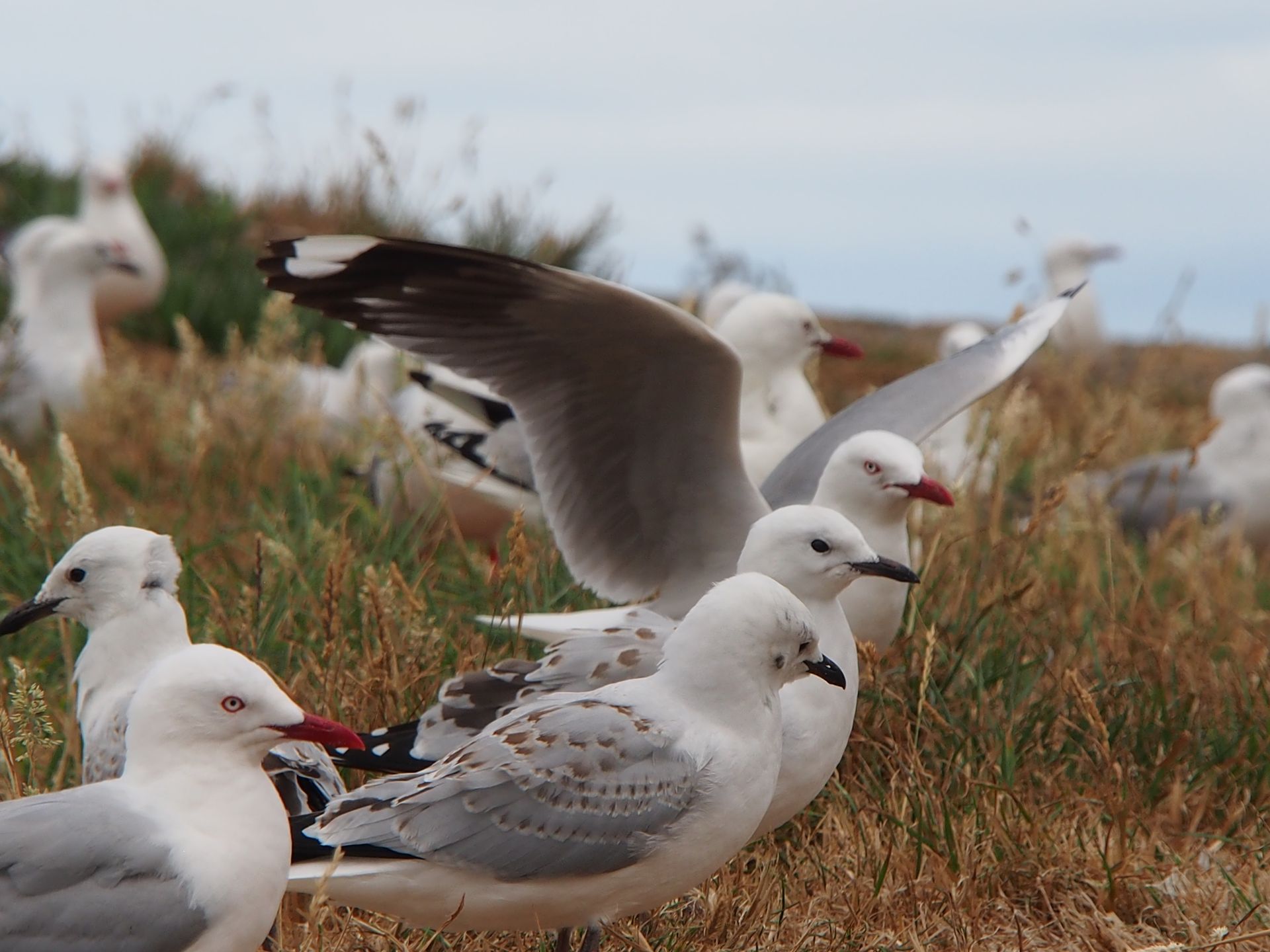
In Portobello, I turn onto Highcliff Road, a winding road that warns against large vehicles at the beginning. It is partly unrealistically narrow and I am glad that the traffic is limited. Unfortunately, today it is hardly possible to see the Otago Harbour below because of the haze and fog. The temperature drops again to 14 degrees. There is a pretty cold wind blowing and that, combined with the moisture of the lake fog, is a rather unsummery experience.
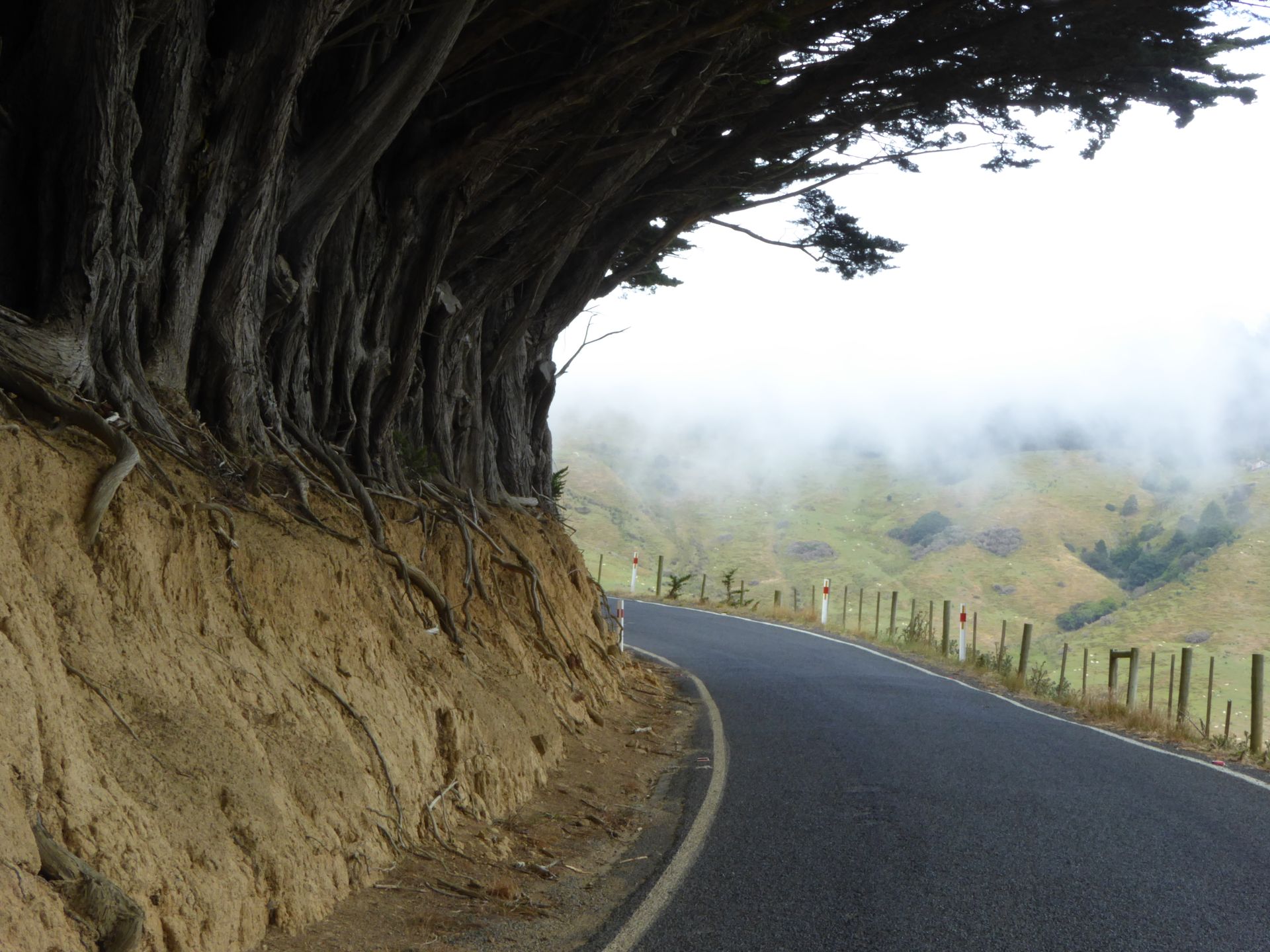
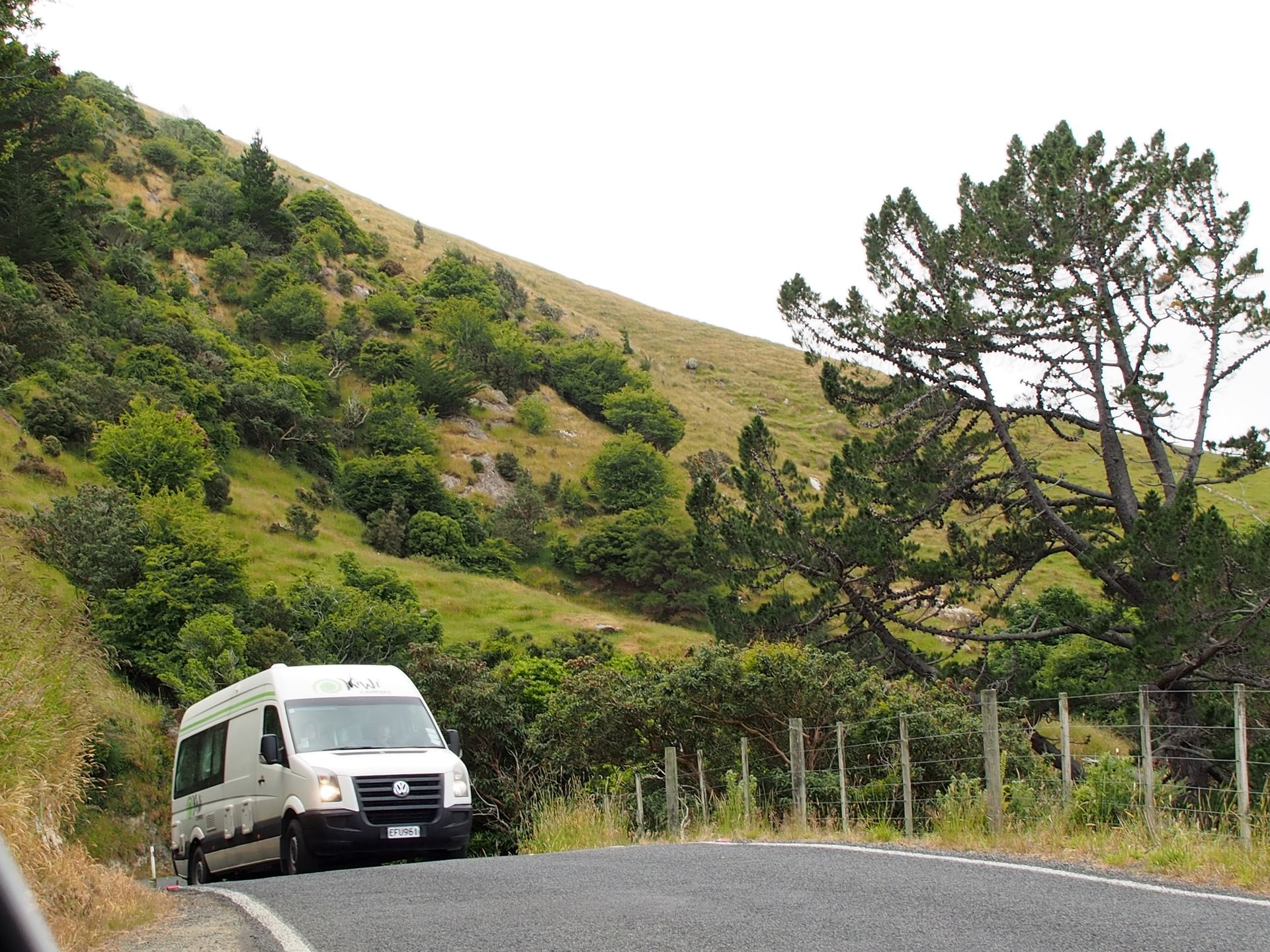
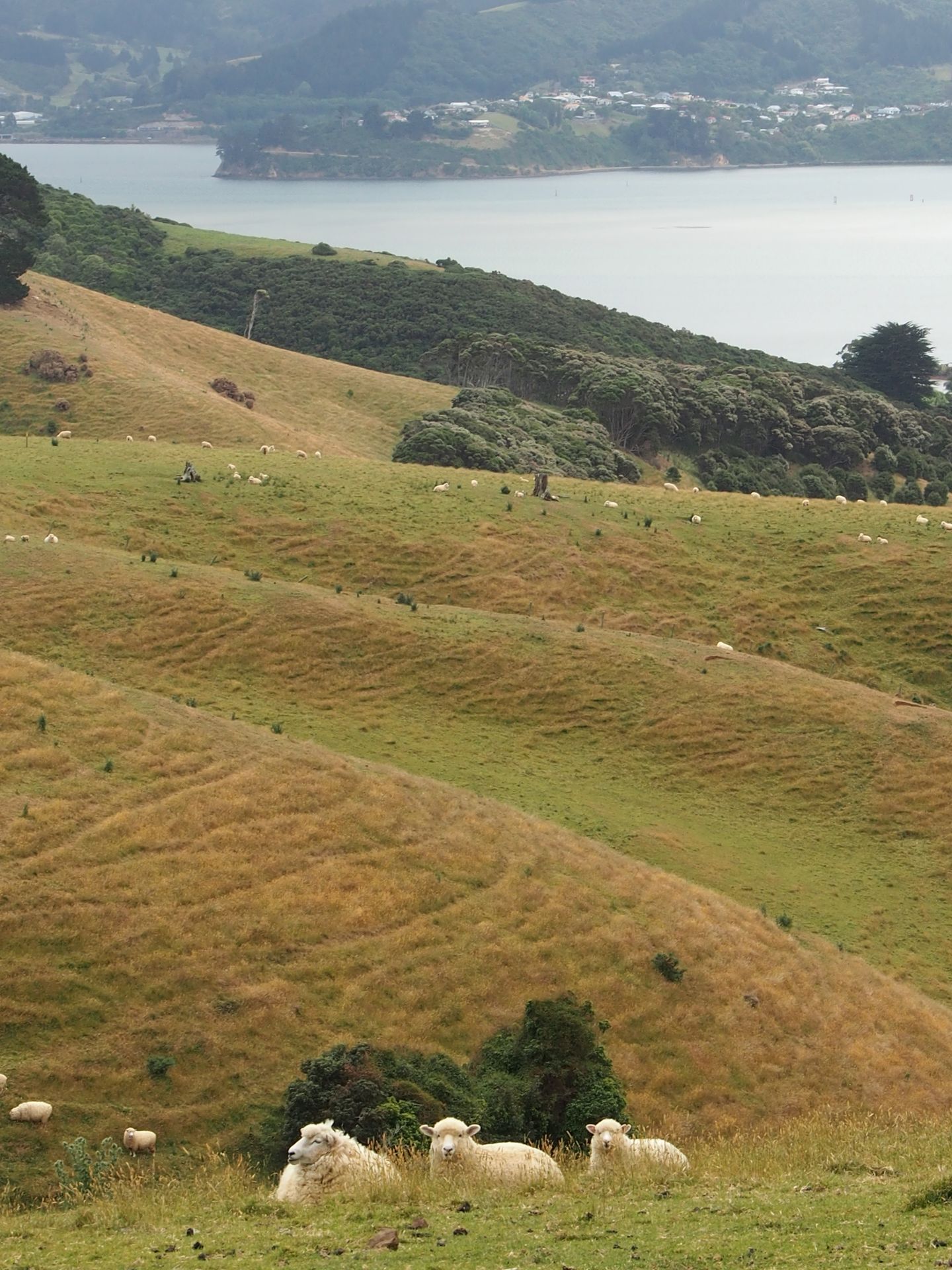
View from Highcliff Road over Otago Harbour
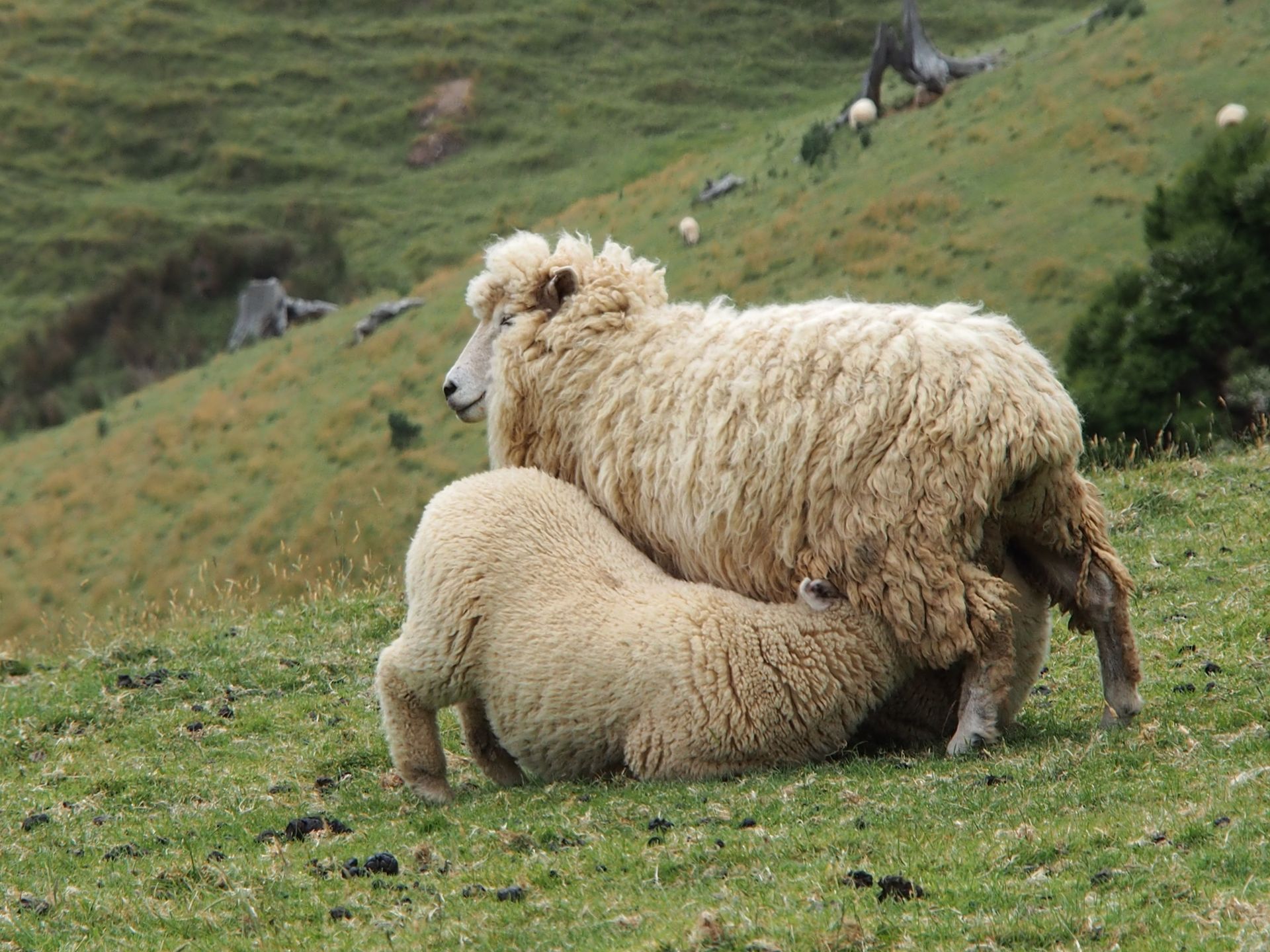
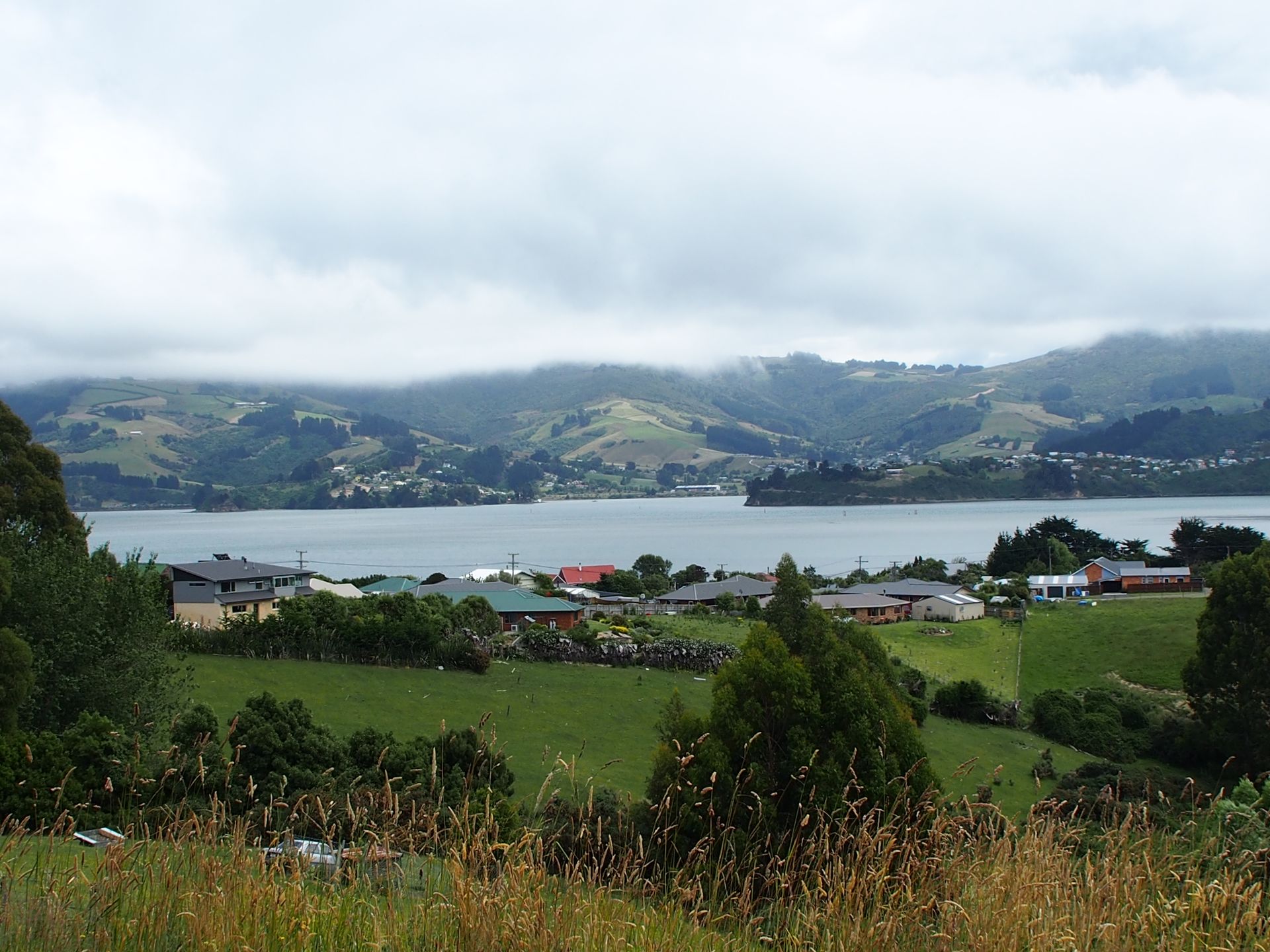
Otago Harbour
I take a short detour to Sandfly Beach, but here too, there is hardly any visibility due to the blown sand. So I'm in the outskirts of Dunedin quite soon, where I turn on my navigation to find the way to Kaka Point. It's only about 100 km, the route is mostly straight and easy to drive. The landscape is as usual and I make good progress, stopping along the way to buy salad and ingredients for tonight. Now I'm staying in one place again for 2 nights, which means 2 dinners and 2 breakfasts.
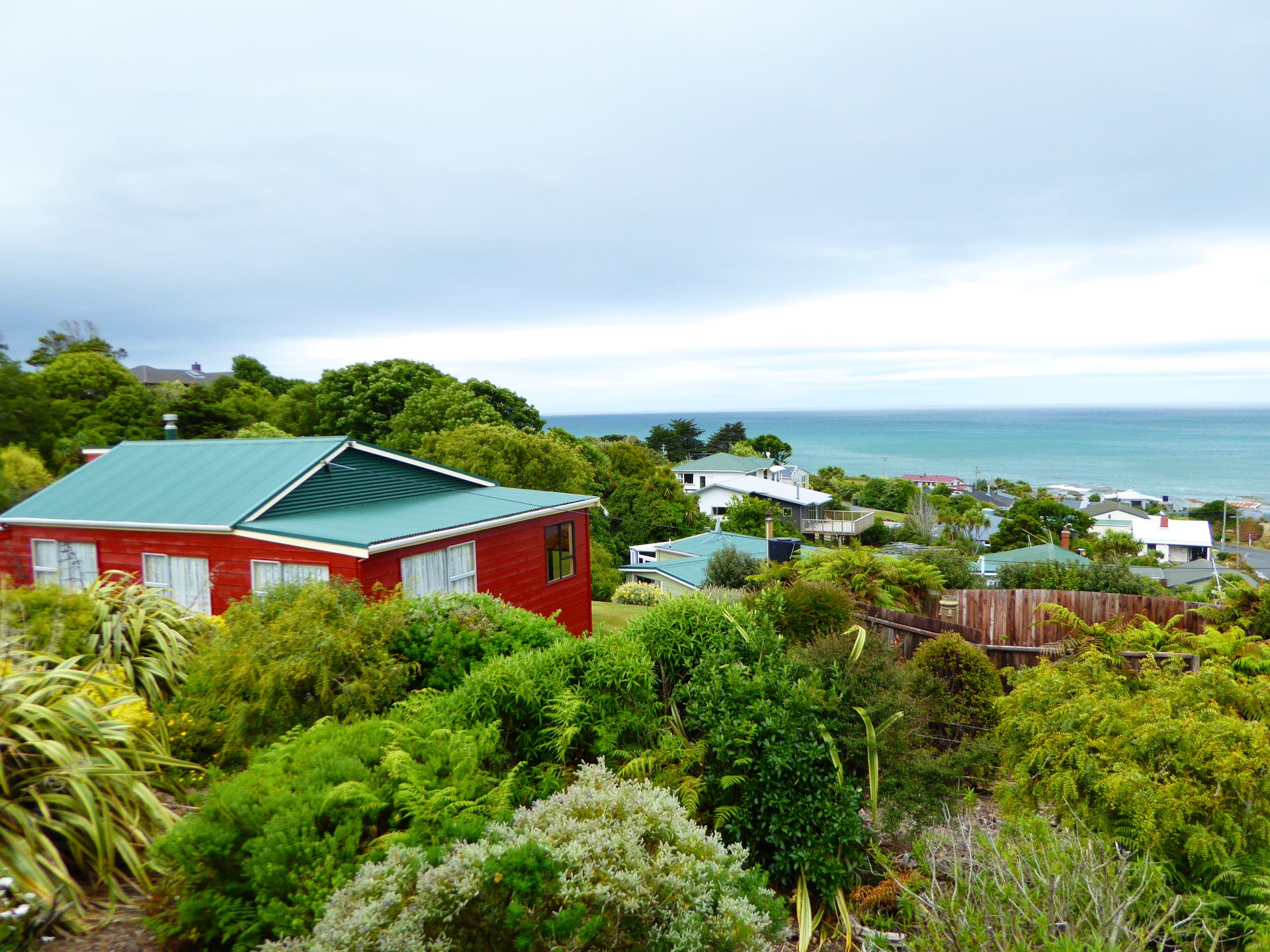
Kaka Point is a small town located on an expansive bay, about 13 km from Highway 1, which I have been driving on since Dunedin. My motel is located on one of the steep streets above the town, and for an additional $20 per night, I treat myself to accommodation with a panoramic view of the bay. I sit on my small terrace with a hot tea and enjoy the view, but it quickly becomes quite chilly - it wasn't warm anyway. During the day, it didn't get warmer than 15 degrees, and as soon as the sun gets lower, clouds come in, and it's not warmer than 12 degrees, which is too cold to sit outside on the small balcony. I sit there in my jogging pants and fleece jacket, and soon my feet are cold.
At 6:30 pm, I get back in the car and drive about 10 km towards Nugget Point. The road is no longer asphalted about 1 km past Kaka Point, but it's still easy to drive. Just before Nugget Point is Roaring Bay, a wide bay where yellow-eyed penguins come ashore in the evening.
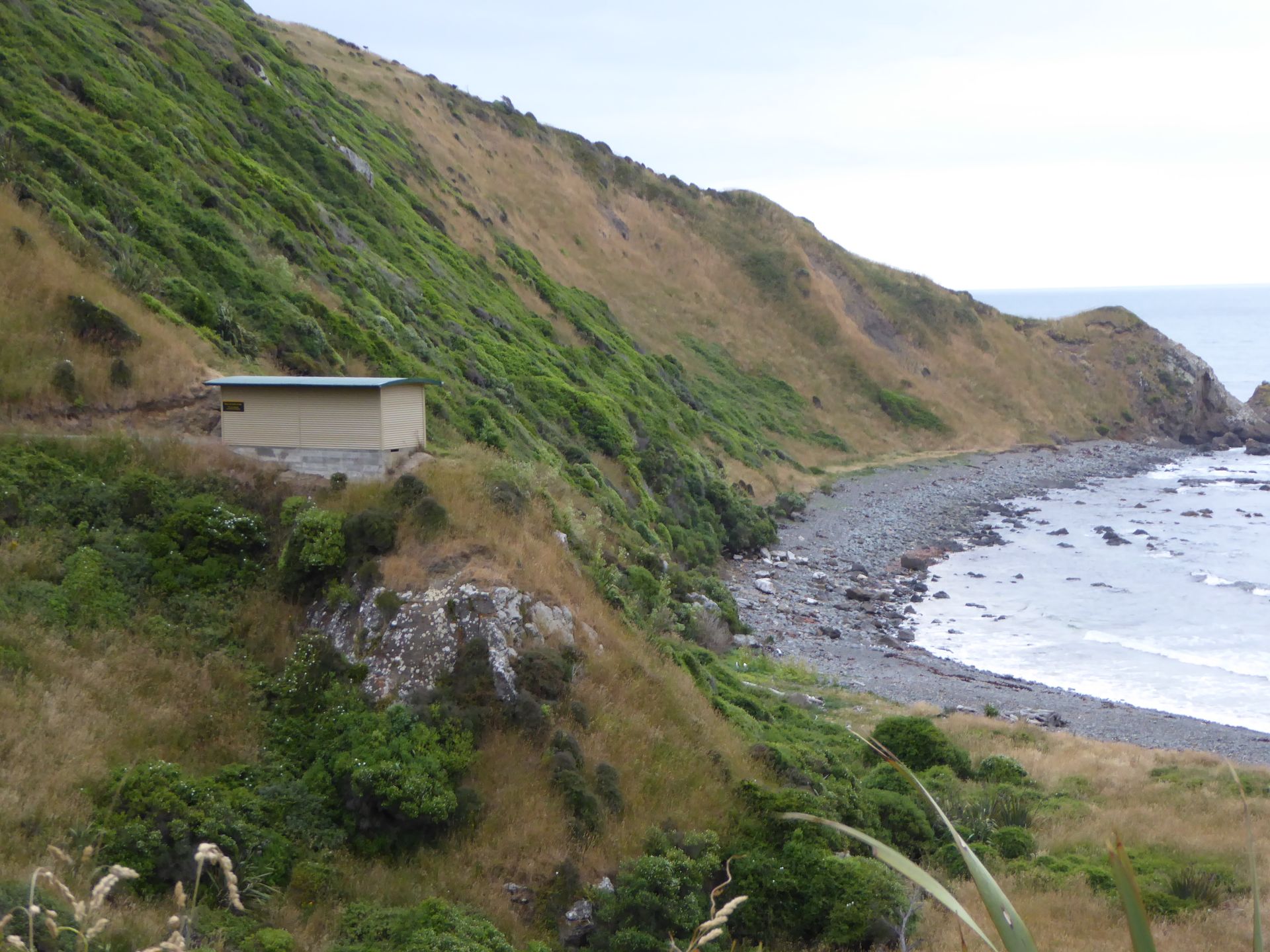
Above the stone beach, there is an observation hut where I stand until 8:30 pm and observe and photograph the actions of the arriving penguins. They usually arrive alone, but within 10 minutes, the other half also comes ashore, and then the two sit there together, extensively arranging their feathers before disappearing together - almost stooped - into the green of the slope, where you can then hear the excited cries of the juveniles. It is simply amazing to stand here with all the peace in the world, watching, photographing, observing, and listening.
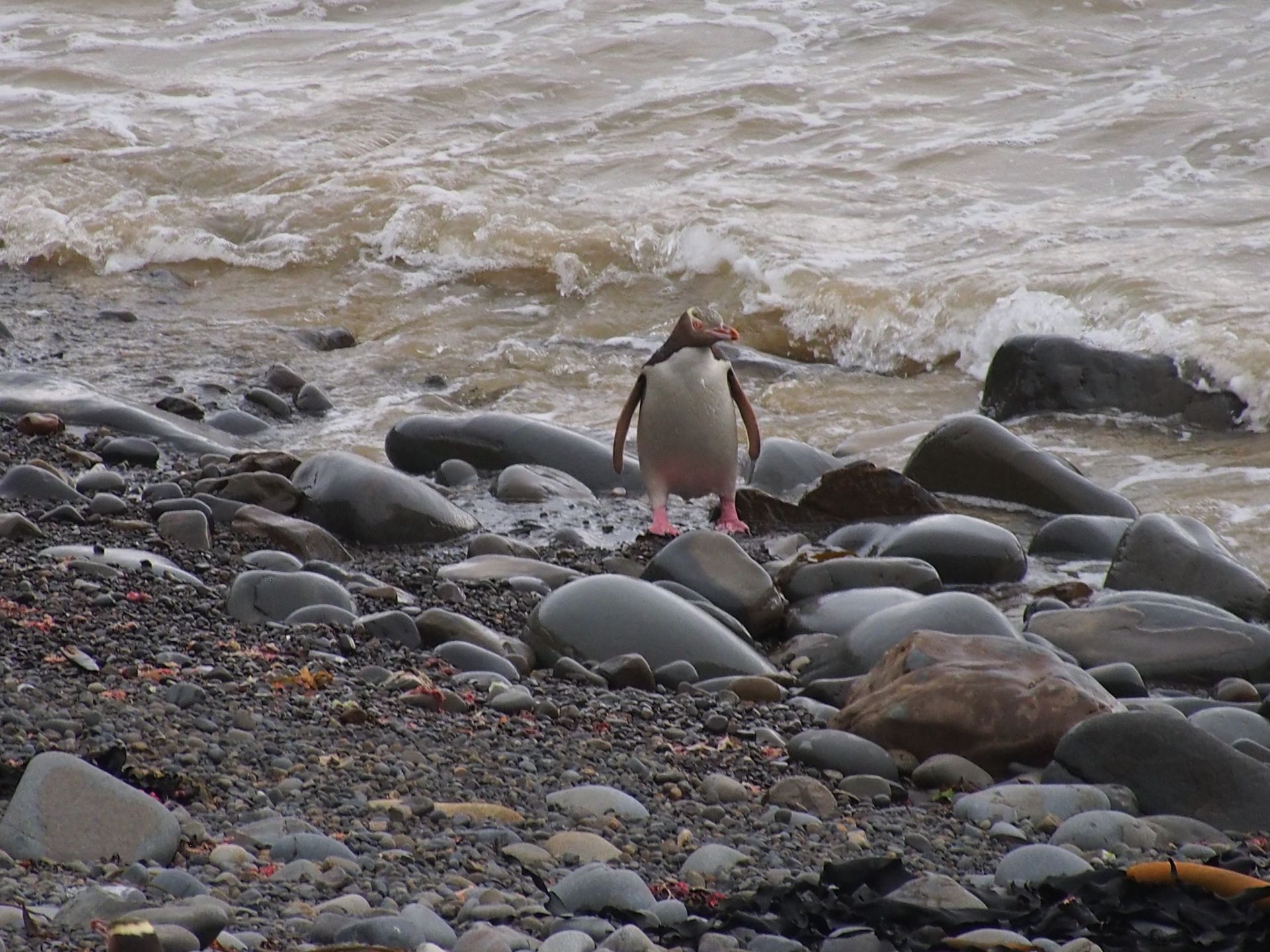
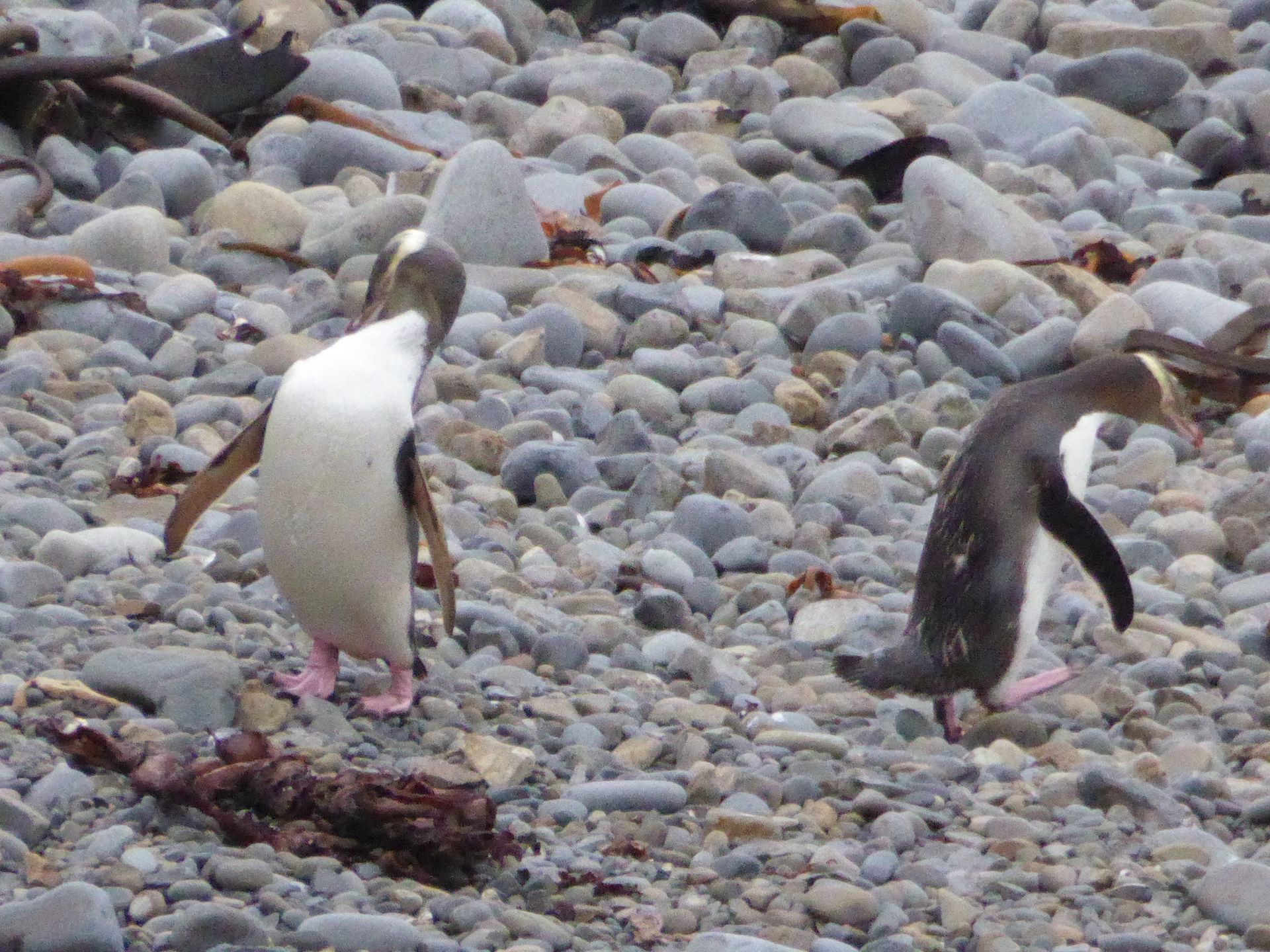
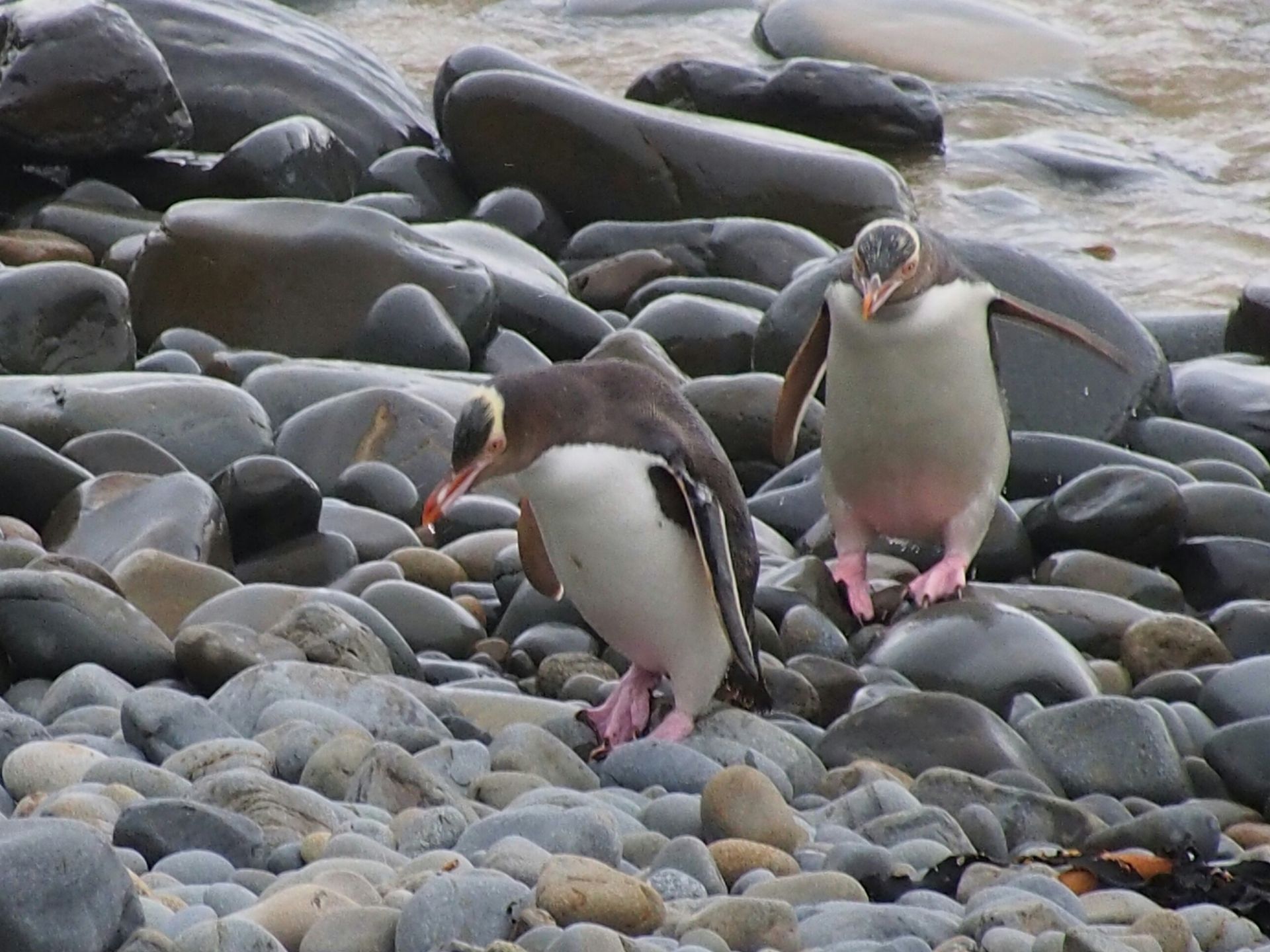
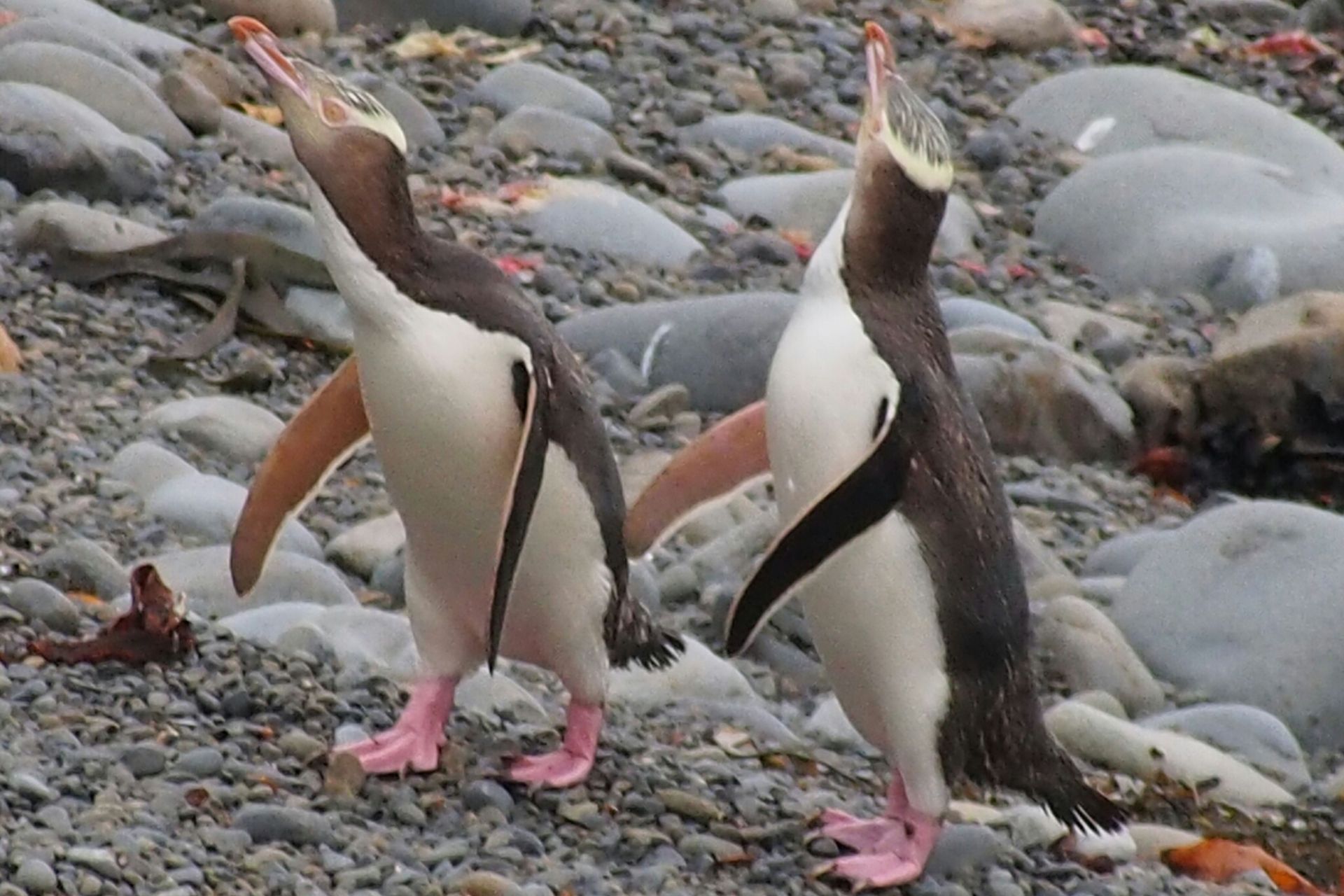
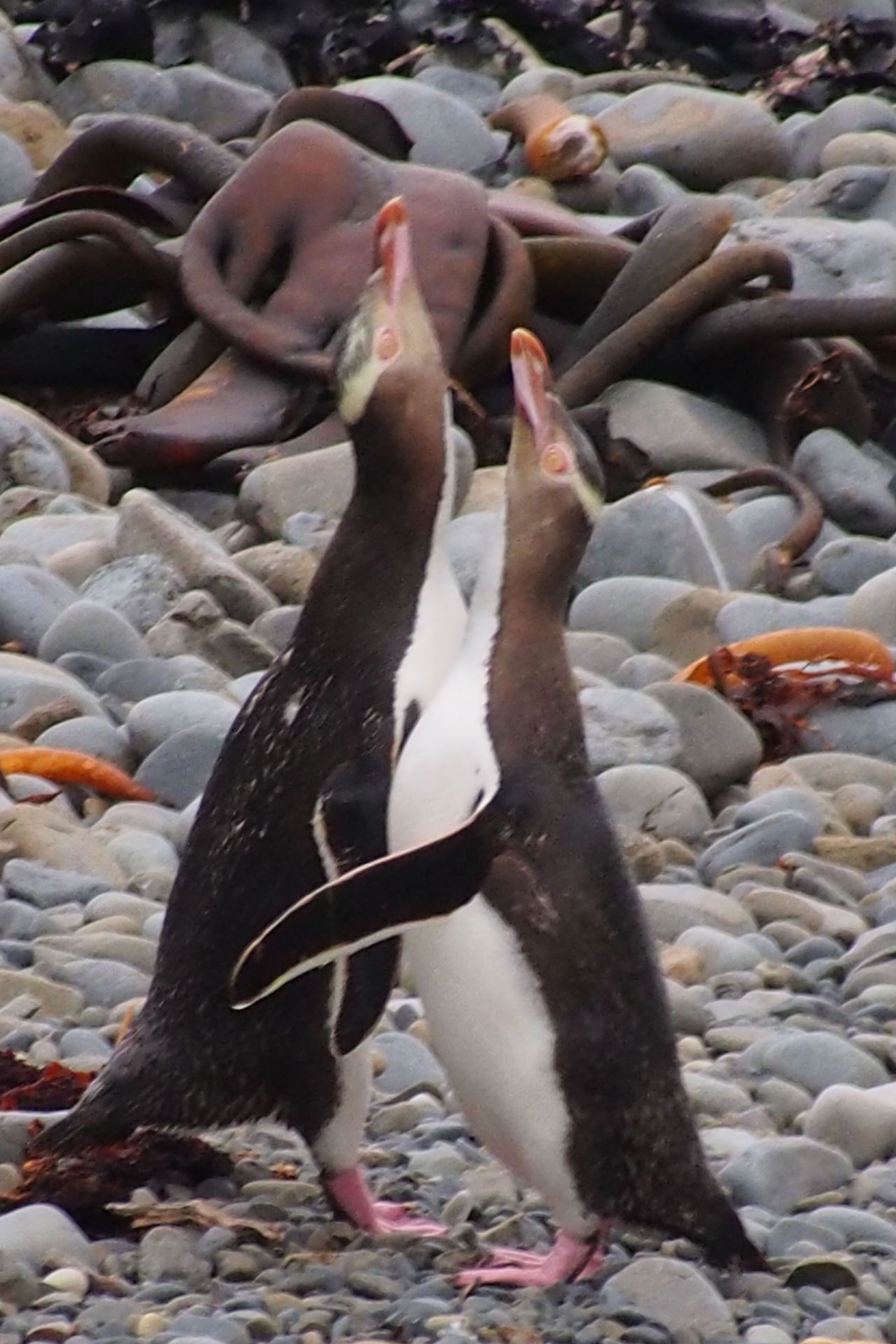

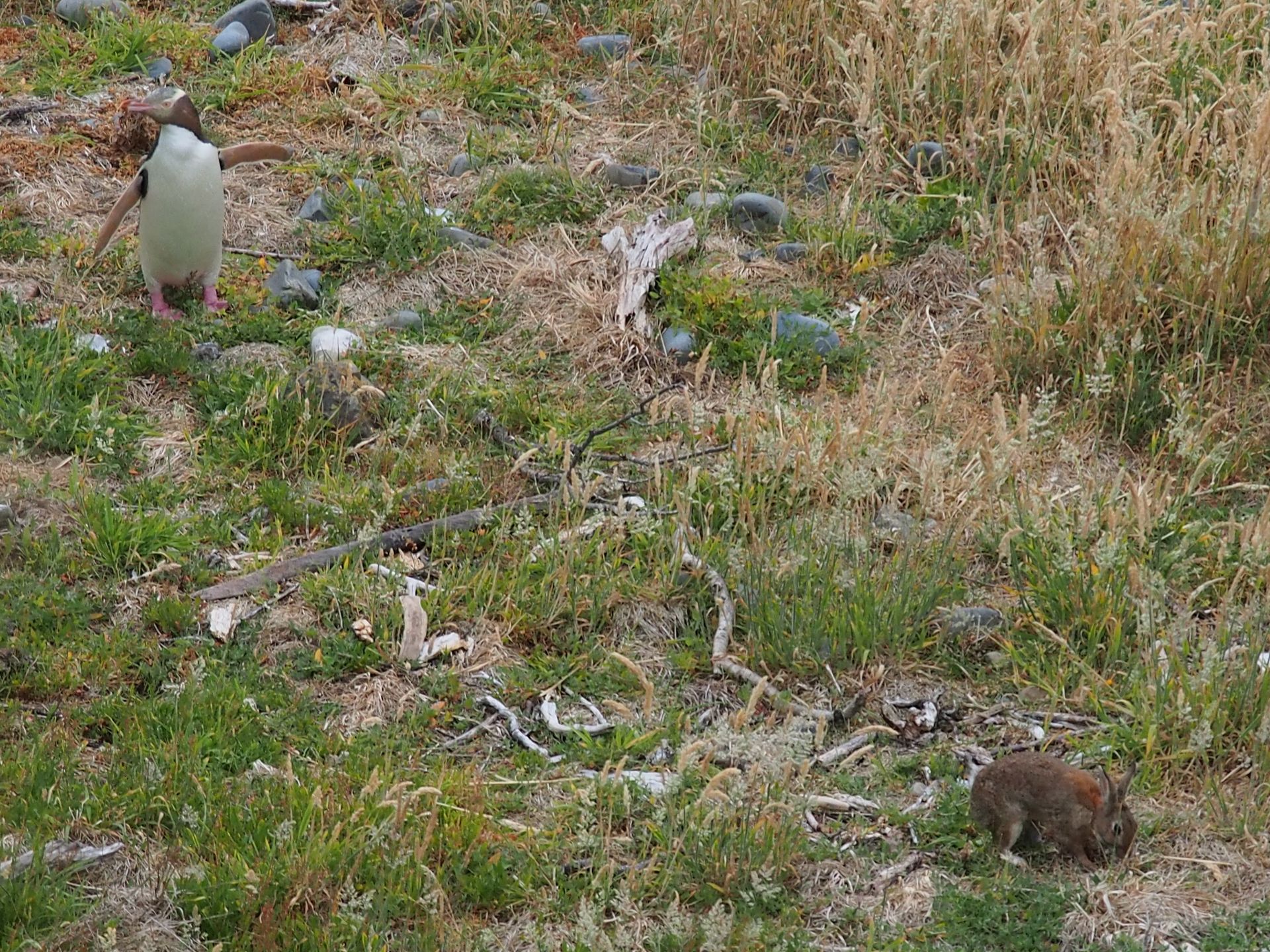
Penguin and Hare :-D
Back in my lovely room, which is more like a holiday cottage, I make myself a big salad, write in my diary, review my pictures, and delete a lot of penguin pictures that aren't really sharp. Although I didn't really use my big telephoto lens much. Tonight, it was worth every penny and every gram it weighs.
Somehow, every day in New Zealand, I think that I can't see anything more amazing, and then there's something else. The abundance of impressions is incredible. Tomorrow, Monday, I will have been on the road for a month and in 2.5 weeks, I will already be flying back home. Maybe by then, I will have reached the limit of what I can process - at least in the time I have here.
Բաժանորդագրվել տեղեկագրին
Պատասխանել

Ճանապարհորդական հաշվետվություններ Նոր Զելանդիա
